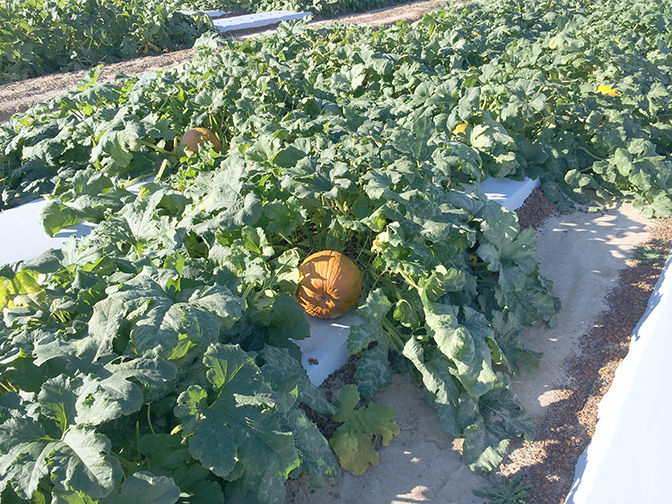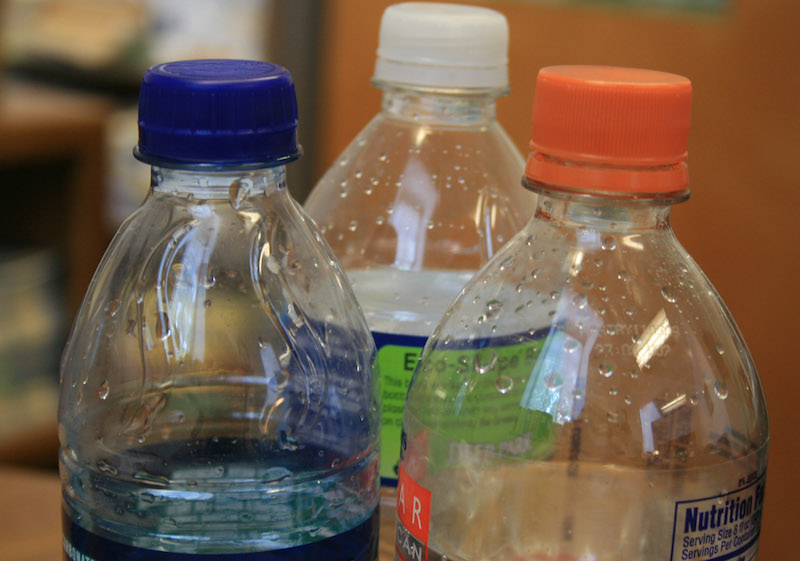 CAES News
CAES News
Well Testing
Much of Georgia was wetter than normal during November 2015, and with all that rain there’s a chance some runoff may have contaminated private wells around the state. While an odd taste, corrosion and staining are signs of water contamination, most contaminants aren’t readily detectible. Ensuring the safety and quality of your well water requires laboratory testing.

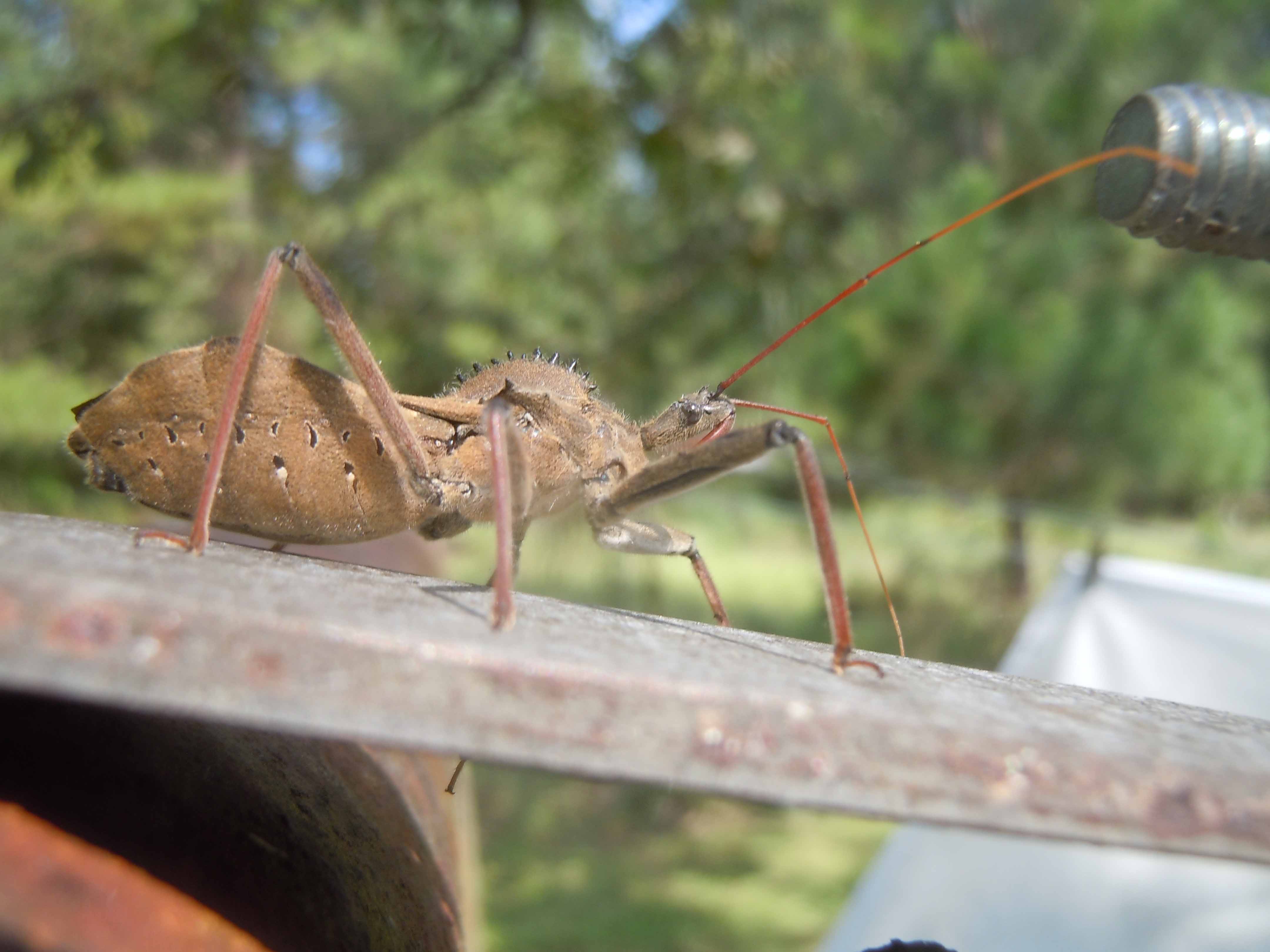
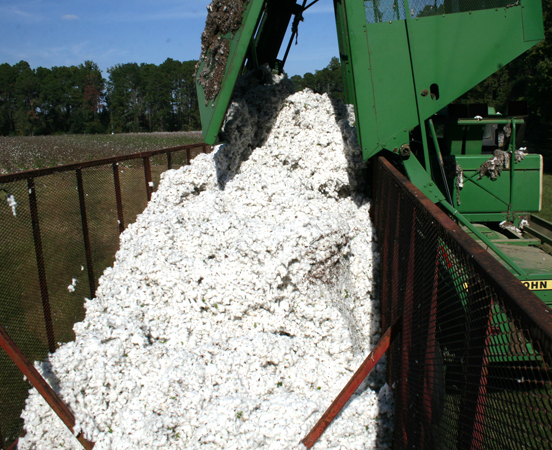

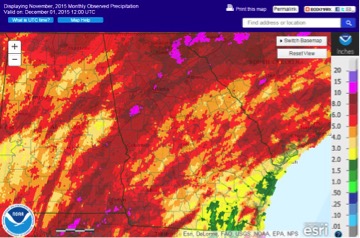
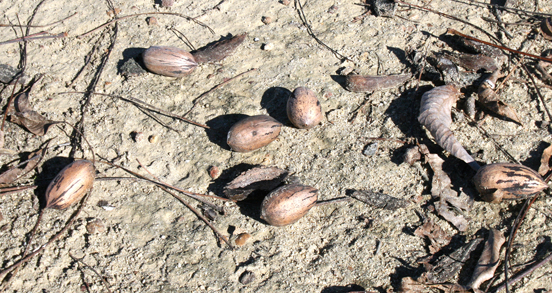
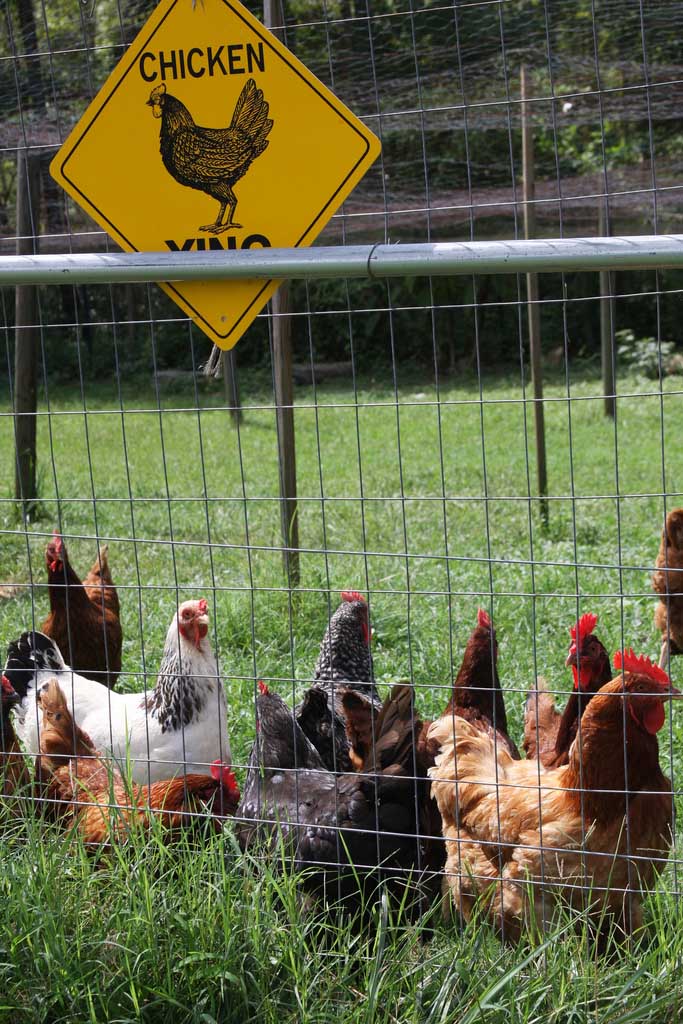
.jpg)
